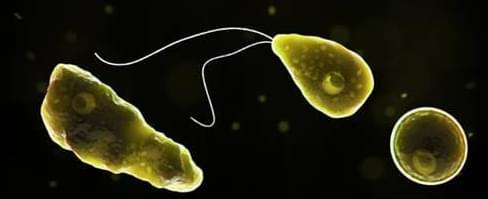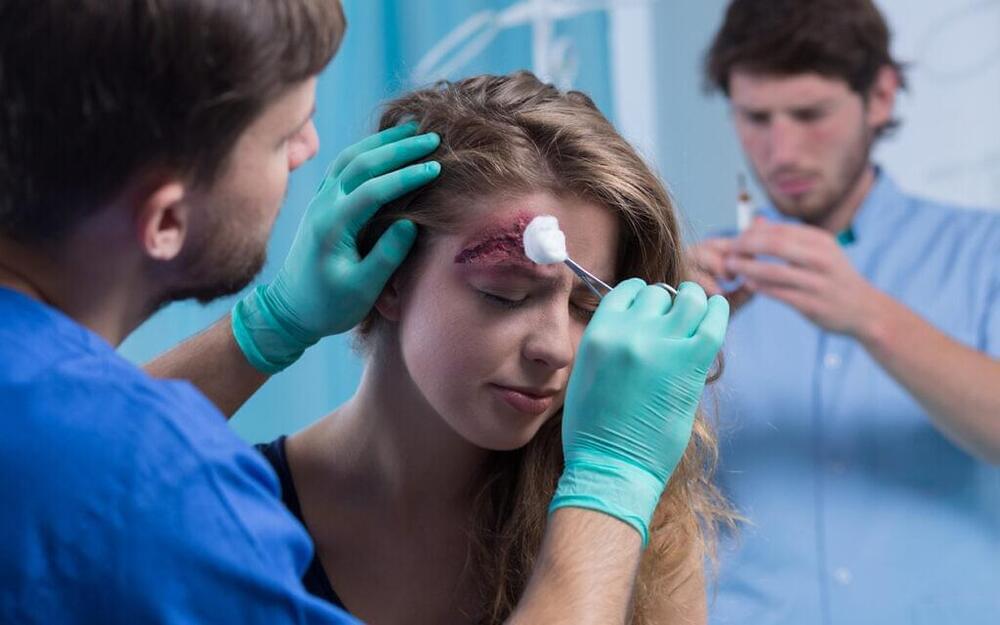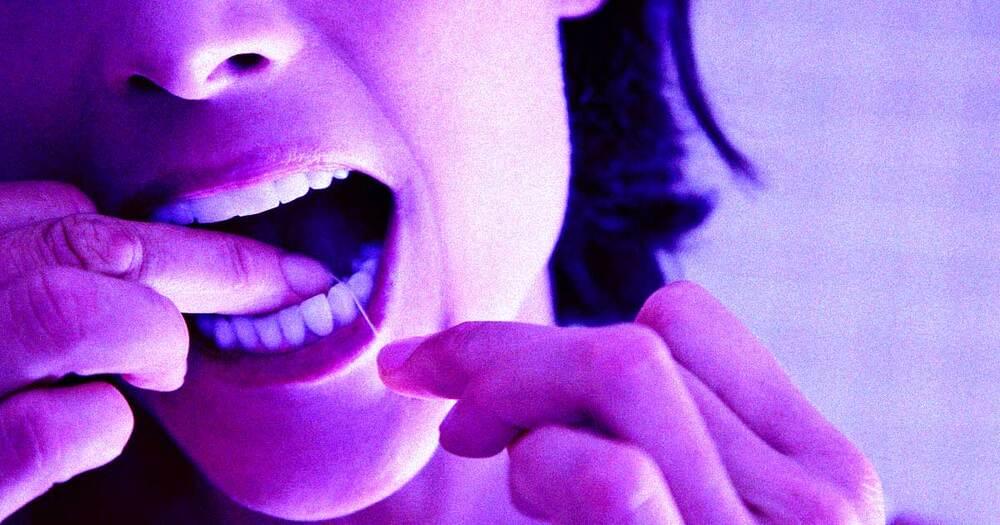Brain-machine interfaces (BMIs) are devices that enable direct communication/translation between biological neuronal networks (e.g. a brain or a spine) and external machines. They are currently being used as a tool for fundamental neuroscience research and also for treating neurological disorders and for manipulating neuro-prosthetic devices. As remarkable as today’s BMIs are, however, the next generation BMIs will require new hardware and software with improved resolution and specificity in order to precisely monitor and control the activities of complex neuronal networks. In this talk, I will describe my group’s effort to develop new neuroelectronic devices enabled by silicon nanotechnology that can serve as high-precision, highly multiplexed interface to neuronal networks. I will then describe the promises, as well as potential pitfalls, of next generation BMIs. Hongkun Park is a Professor of Chemistry and Chemical Biology and a Professor of Physics at Harvard University. He is also an Institute Member of the Broad Institute of Harvard and MIT and a member of the Harvard Center for Brain Science and Harvard Quantum Optics Center. He serves as an associate editor of Nano Letters. His research interests lie in exploring solid-state photonic, optoelectronic, and plasmonic devices for quantum information processing as well as developing new nano-and microelectronic interfaces for living cells, cell networks, and organisms. Awards and honors that he received include the Ho-Am Foundation Prize in Science, NIH Director’s Pioneer Award, and the US Vannevar Bush Faculty Fellowship, the David and Lucile Packard Foundation Fellowship for Science and Engineering, the Alfred P. Sloan Research Fellowship, and the Camille Dreyfus Teacher-Scholar Award. This talk was given at a TEDx event using the TED conference format but independently organized by a local community.
Category: biotech/medical – Page 1,458

Rare brain-eating infection found in Missouri patient; here’s how to protect yourself
Called primary amebic meningoencephalitis (PAM), the infection is caused by a microscopic single-celled free-living ameba found in warm freshwater called Naegleria fowleri.
The Missouri patient is currently being treated for PAM in an intensive care unit of a hospital.
The ameba is commonly found in warm freshwater such as lakes, rivers, and ponds; however, PAM is extremely rare. Since 1962, only 154 known cases have been identified in the United States. The only other case identified among a Missouri resident occurred in 1987, and currently, no additional suspected cases of PAM are being investigated in Missouri.


The building blocks of life were discovered floating at the center of the Milky Way
Scientists have spotted the building blocks of RNA at the center of the Milky Way. They published their findings in Frontiers in Astronomy and Space Sciences. According to the study, the researchers discovered some of those building blocks in a cloud that lies near the center of our galaxy.
The team of researchers discovered the building blocks of RNA in a molecular cloud known as G+0.693–0.027. The discovery, they say, could have implications on the theories about how life on Earth began. It could also shed more light on how life on other planets began, too.
RNA, or ribonucleic acid, is a molecule similar to DNA. It’s present in all living cells and even behaves similarly to the more well-known double-helix. Unlike DNA’s double-strand, though, RNA is only made up of a single strand. Its overall part in the origin of life is unclear. But, there is some evidence the building blocks of RNA could have preceded DNA.

Proposal for modular emergency vehicles that can form pop-up hospitals wins third place in the Future Mobility Competition
Mike George’s proposal for an autonomous fleet of modular emergency vehicles that can be arranged to form an on-the-go hospital has been awarded third place in Dezeen’s Future Mobility Competition powered by Arrival.
Called National Health Network Modular Hospital System, George’s proposal features a network of modular autonomous vehicles that can be combined into purpose-built clusters to enable hospitals to grow, adapt and respond to emergencies as effectively and flexibly as required.
Each module has a chassis and mobile platform, which can be customised with various interior components to respond to different medical situations. Each interior is designed to foster patient accessibility and comfort, as well as safety.

Lazy Flossers Rejoice! Tiny Robot Shapeshifters Will Brush and Floss for You
If flossing is, in short, the bane of your existence, a group of researchers at the University of Pennsylvania might have an ingenious solution for you.
The team has developed the ultimate no-hands dental care in the form of a swarm of shapeshifting microrobots, ready to treat and remove tooth decay-inducing bacteria and plaque from your filthy, unflossed teeth.
In simple terms, the petite and multifunctional robo-dentists do the work of brushing, flossing, and rinsing, all without the tediousness and, in some cases, the challenges of manual oral care.



A Common ADHD Drug Shows Promise in Treating Some Symptoms of Alzheimer’s
The search for a way to treat Alzheimer’s disease has puzzled scientists for decades. This may be why some researchers are shifting their focus slightly, investigating whether treating the systems affected by Alzheimer’s (as opposed to the causes) may better help them find a treatment.
This is exactly what researchers of a new study have shown – finding that drugs normally used to treat ADHD may actually show promise in managing symptoms of Alzheimer’s disease.
The researchers conducted a systematic review which looked at how noradrenergic drugs (commonly used for ADHD) work for managing Alzheimer’s disease symptoms. The review found that taking these drugs improved certain brain functions and other symptoms, such as apathy, in patients with Alzheimer’s disease.
Biological Immortality
Is longevity desirable? Review of biological immortality in storytelling.
And what the prospects are to achieve it in the near future.
The quest for longer lifespan and healthspan.
Since the dawn of human civilization we were inspired by the quest for immortality and eternal youth.
But now, with new advances in medical science, this quest is on the verge of becoming a reality.